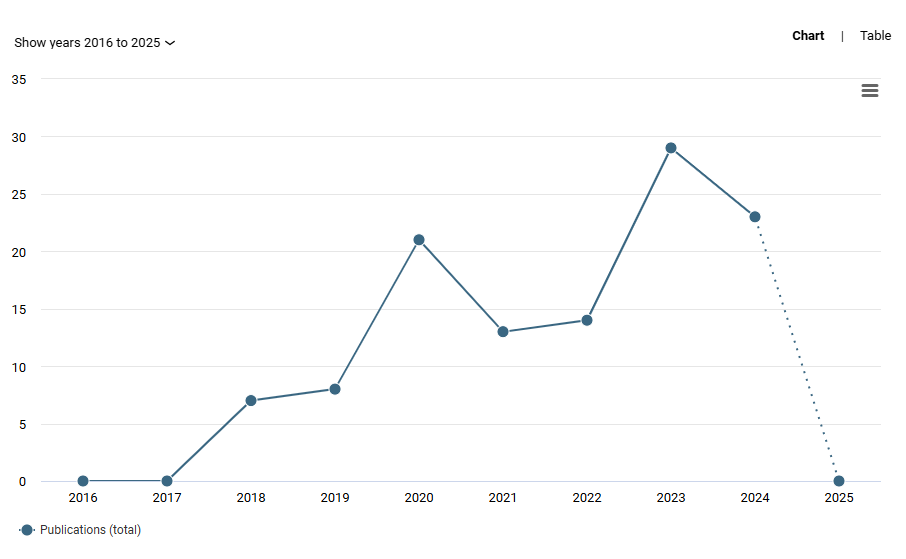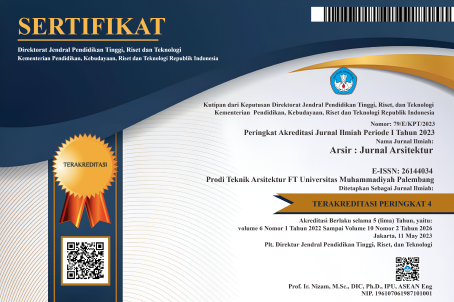Peer Review
Only manuscripts following the focus and scope of Arsir will be sent to reviewers for processing. The eligibility process will be carried out by a board of editors who also see the suitability of the existing template. If the manuscript is not suitable, it will be returned to the author to be corrected (resubmitted for review) or rejected (declined), or directed to be sent to other journals that are more suitable (submit elsewhere). Authors should ensure that the manuscript has followed every step before submitting the manuscript to OJS. The review process takes about 4 to 6 weeks, depending on the notes made for correction by the author. Reviewers are selected based on their field of knowledge and relevant studies on the manuscript.
All manuscripts submitted to Arsir undergo a rigorous screening and review process to ensure that they fit the scope and have sufficient academic quality and novelty to attract readers. Arsir uses double-blind peer review, where the identities of authors and reviewers are concealed from each other.
Initial internal screening. Newly submitted manuscripts will be screened by the Editor-in-Chief for suitability to the scope of the conference and basic submission requirements.
External peer review. If the manuscript passes the initial screening stage, it will be assigned to a handling editor, who will then send it to at least two experts in the relevant field to undergo double-blind peer-review. Manuscripts that do not pass the initial screening will be rejected without further review.
The first decision is internal and external. Decisions on peer-reviewed manuscripts will only be made after receiving at least two review reports. In cases where the reports differ significantly, the handling editor will invite additional reviewers for a third opinion before making a decision. At this stage, the manuscript may be rejected, requested for revision (minor or major), accepted as is, or (if significant changes to language or content are required) recommended for resubmission for a second review process. If accepted, the manuscript will be returned to the submitting author for formatting. The final decision to accept the manuscript will be made by the Editor-in-Chief based on the recommendation of the handling editor and after approval by the editorial board.
Internal revision stage. Manuscripts that require revision will be returned to the submitting author, who has up to two weeks to format and revise the manuscript, after which it will be reviewed by the managing editor. The managing editor will determine whether the changes made are adequate and appropriate, and whether the authors have responded to the reviewers' comments and suggestions. If the revisions are deemed inadequate, the cycle will be repeated (the manuscript will be returned to the submitting author once again for revision).
Final internal decision. At this stage, the revised manuscript will either be accepted or rejected. This decision depends on whether the editor handling the manuscript finds that it has been improved to a level suitable for publication. If the author is unable to make the necessary changes or has done so at a substandard level, the manuscript will be rejected.









